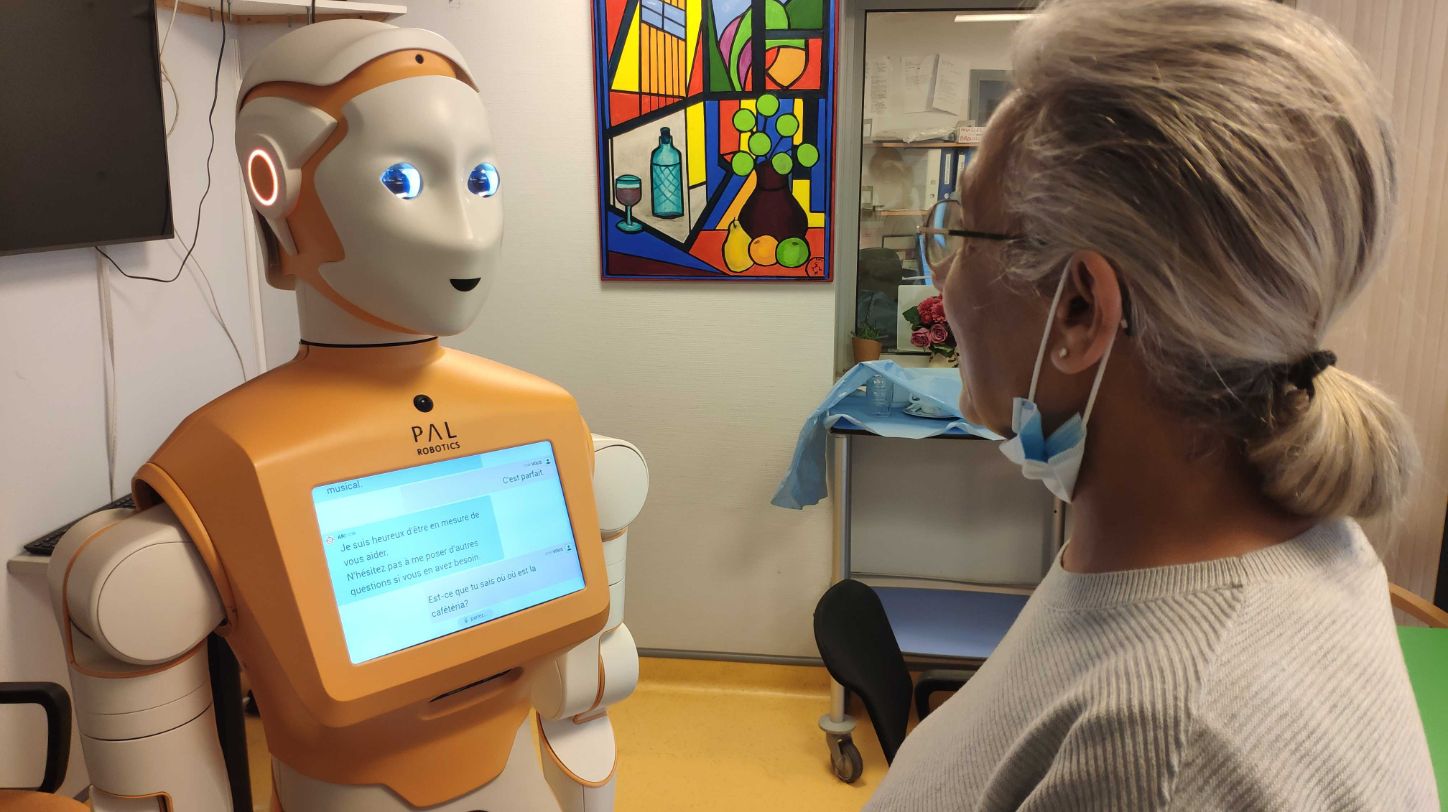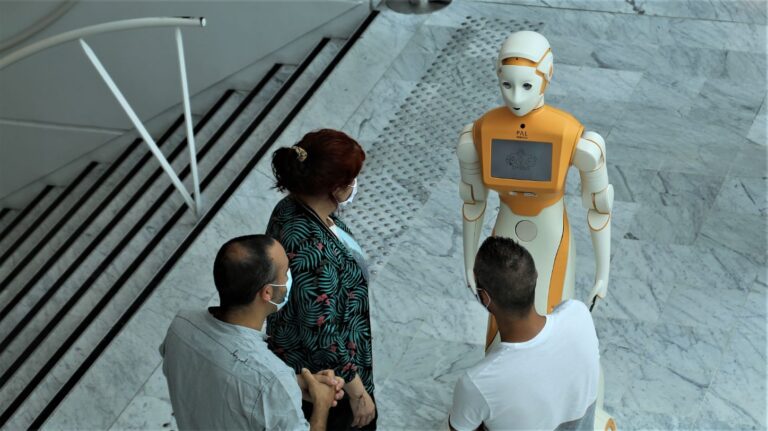As the UK grapples with the future of its National Health Service (NHS), the country finds itself at a pivotal moment in healthcare innovation.
Recent reports, including Lord Darzi’s assessment, have illuminated the complex challenges the UK’s health service faces, from addressing waiting lists to optimising resource allocation. While the government’s ambitious 10-year plan rightly emphasises digital transformation, there’s a complementary opportunity we mustn’t overlook: the transformative potential of robotics in healthcare – not just for patient care, but as a driver of economic growth for the entire UK.
Lord Darzi’s letter to the secretary of state for health and social care painted a sobering picture of the country’s health service – describing it as being in the “foothills of digital transformation”. It’s a polite way of saying the UK is lagging, missing opportunities to leverage technology for better healthcare delivery. But even this eye-opening assessment fails to fully recognise the game-changing capacity of robotics in addressing the NHS’s most pressing challenges and its potential to turn the NHS from a cost centre into an economic powerhouse.
Imagine socially assistive robots easing the burden on overstretched nursing staff, engaging with patients, answering questions and alerting nurses when a patient needs attention. Picture automated guided vehicles efficiently transporting supplies and equipment throughout hospitals, streamlining logistics and freeing up staff to focus on patient care. Envision robotic assistants helping surgeons remove tumours more precisely, reducing the need for follow-up operations.
These aren’t far-fetched sci-fi fantasies. They’re technologies being developed right now, many within the UK. But without the right support and vision, they may never make it into British hospitals and care homes – and a crucial opportunity to stimulate the national economy will have been missed.
The potential benefits are enormous. With more than 32,000 nursing vacancies in England, robotics could provide crucial support to overstretched staff, taking on routine tasks and allowing nurses to focus more on direct patient care and complex decision-making. This could not only help address the staffing gap but also improve the quality of care.

Given that 15% of patients in low- and middle-income countries acquire at least one healthcare-associated infection during their hospital stay, robotic assistance in infection control could save countless lives. Moreover, robotics could be the key to shifting the UK’s healthcare model from ‘diagnose and treat’ to ‘predict and prevent’ – a change that could dramatically improve patient outcomes and NHS efficiency.
But the benefits extend far beyond healthcare outcomes. By embracing robotics, the NHS could become a powerful driver of economic growth. With the NHS’s commissioning budget for 2023/24 at £168.8bn, even a modest 0.1% improvement in efficiency through robotics could save nearly £170m annually. A more ambitious 1% improvement could lead to savings in excess of £1.5bn per year. These savings could be reinvested in further innovation, creating a virtuous circle of improvement and economic stimulation.
Furthermore, by becoming a large-scale adopter of robotics, the NHS could stimulate growth in UK-based robotics companies. This could lead to job creation in high-skill sectors, increased exports as UK companies develop world-leading technologies, and attraction of inward investment from global healthcare and technology firms.
To fully realise these benefits, a supportive policy environment is needed, along with a government that’s willing to invest in robotics research and development specifically for healthcare. Robotics clusters that bring together innovators, industry experts and healthcare providers to drive innovation are also needed, as are clear regulatory frameworks that ensure patient safety while encouraging technological adoption. Integrating robotics training into healthcare education programmes needs to happen now so that the workforce is not only prepared for the coming technological shift but empowered to leverage these new tools effectively to further enhance patient care.
The UK has the expertise and innovation to lead in medical robotics. But without the right support and recognition at the highest levels, it risks squandering this potential.
As debate continues around the future of the NHS, the country’s vision must expand beyond just ‘digitisation’. Let’s imagine an NHS where robots work alongside humans, enhancing the compassionate care that is the hallmark of the UK health service. Let’s envision a healthcare system that’s not just surviving, but thriving on the cutting edge of technological innovation – and driving economic growth across the UK.
The robotics revolution in healthcare is coming. The question is: will the UK lead it? The window of opportunity is closing. It’s time to wake up to the transformative potential of robotics in healthcare. The NHS – and society’s future health and economic prosperity – may depend on it.
This article was written by Lisa Farrell, business development manager at the National Robotarium, where she specialises in healthcare applications of robotics.








